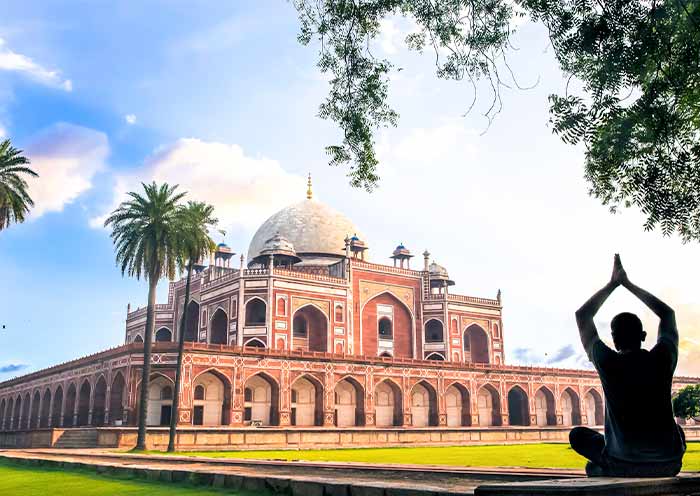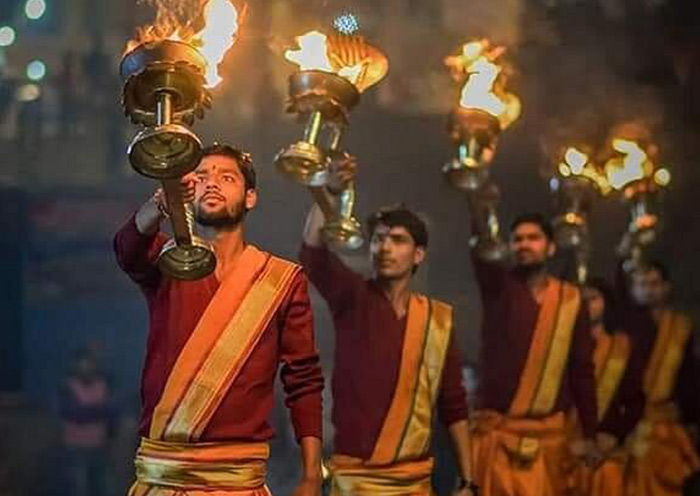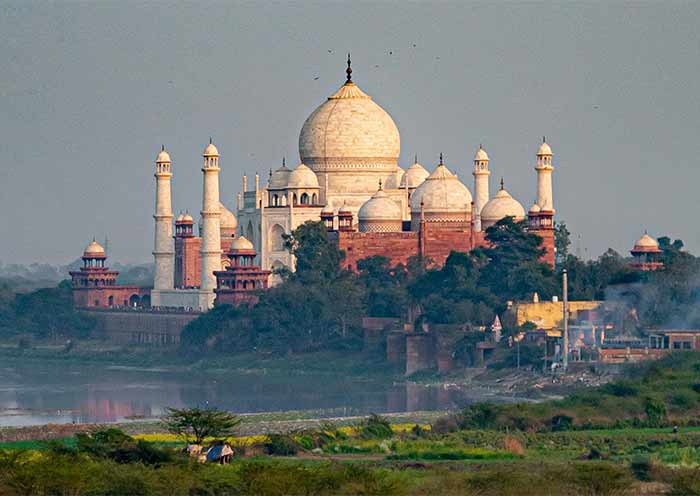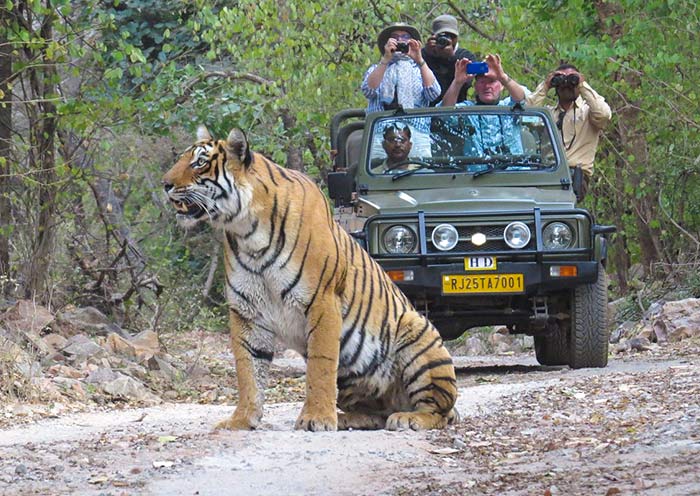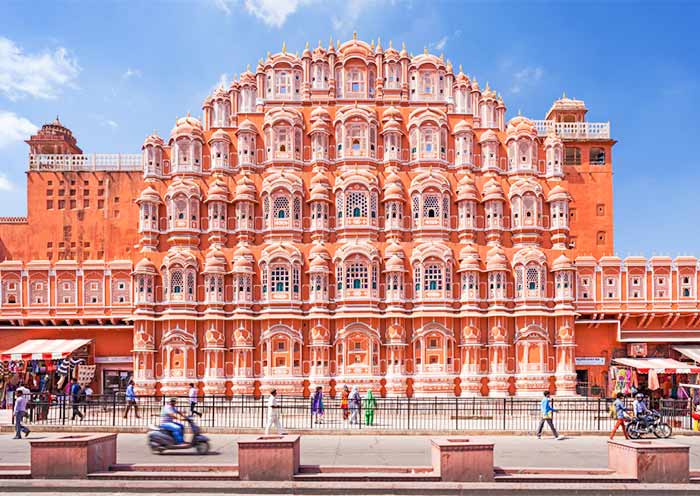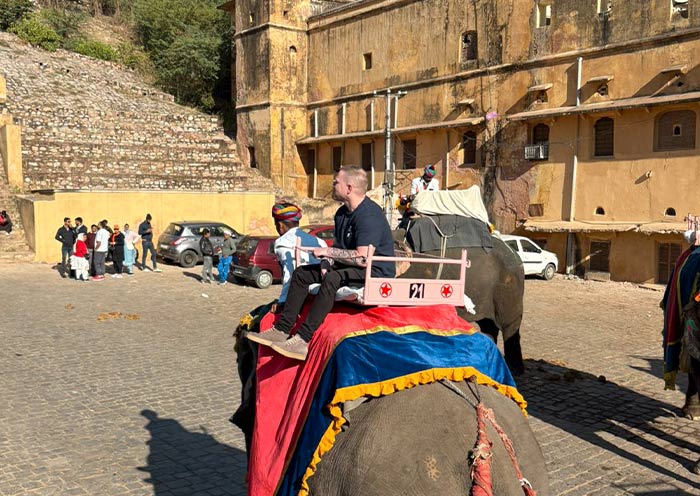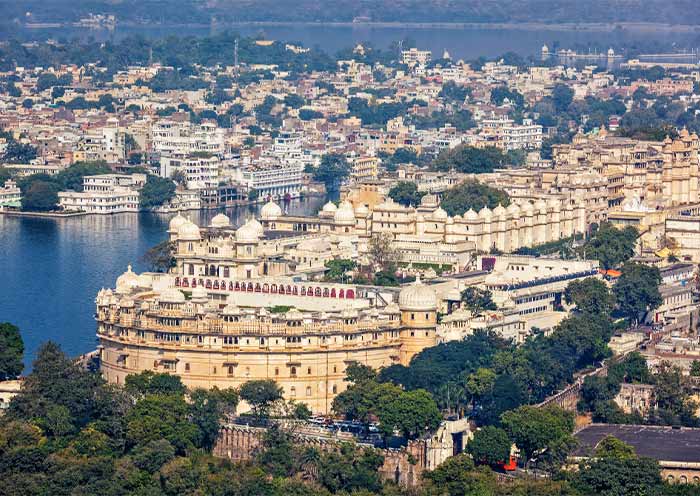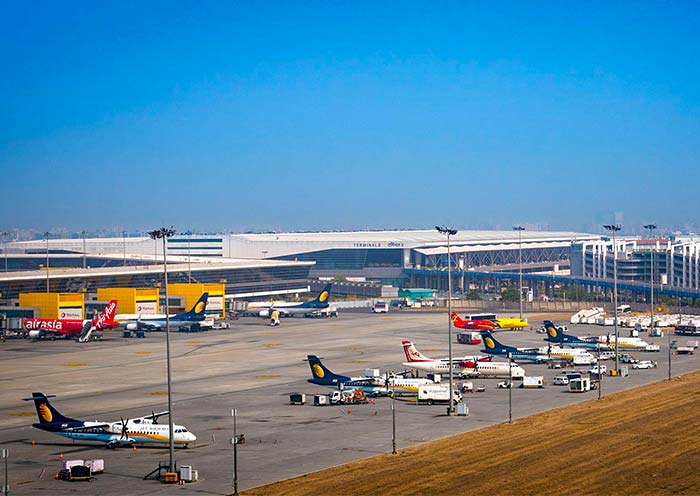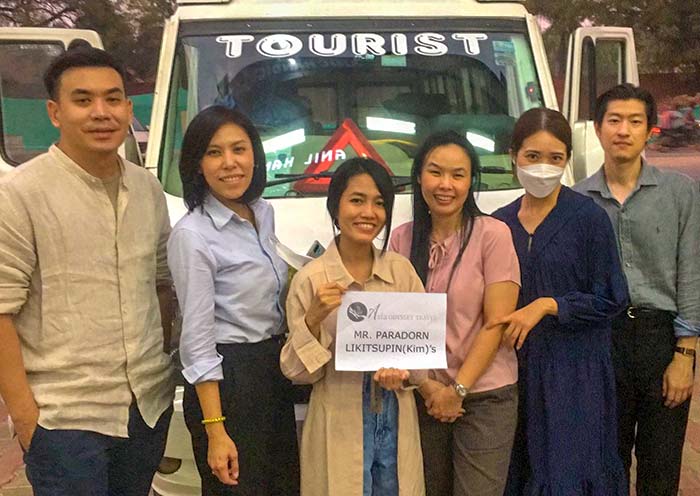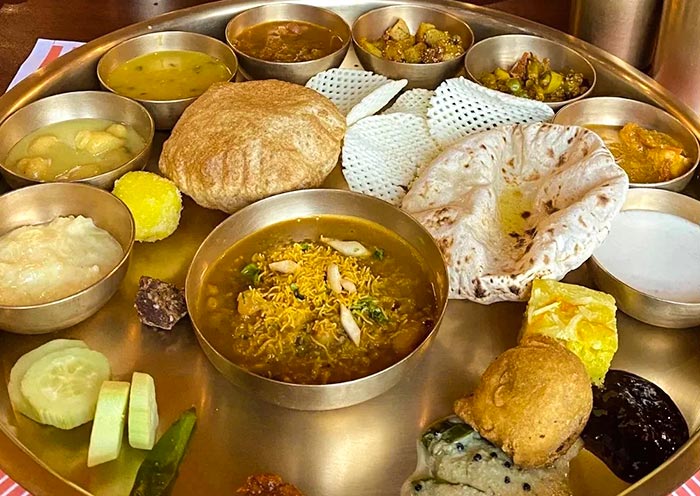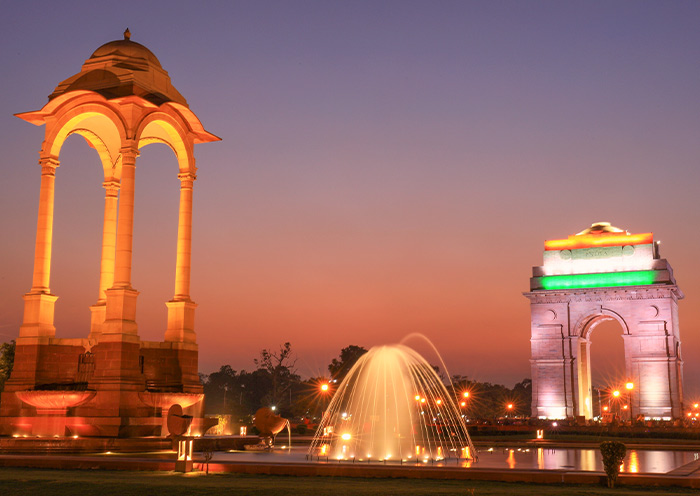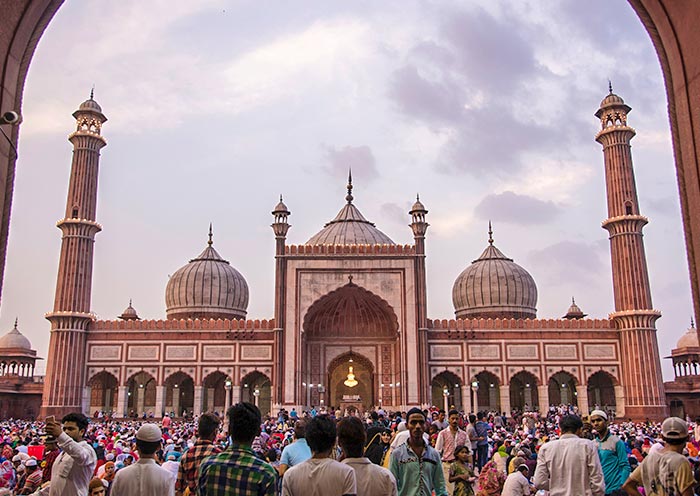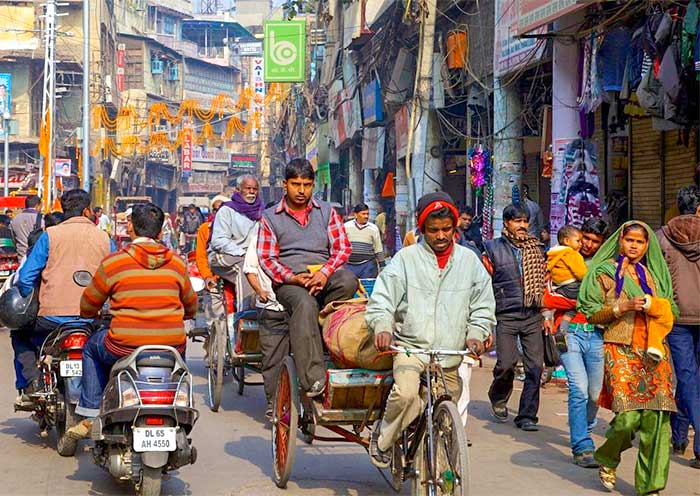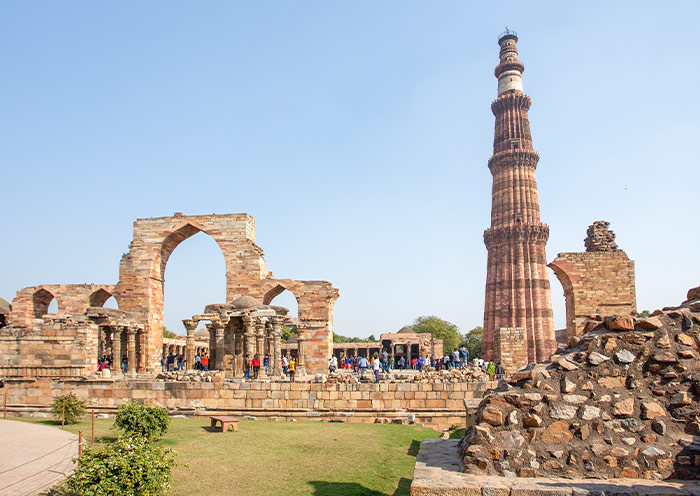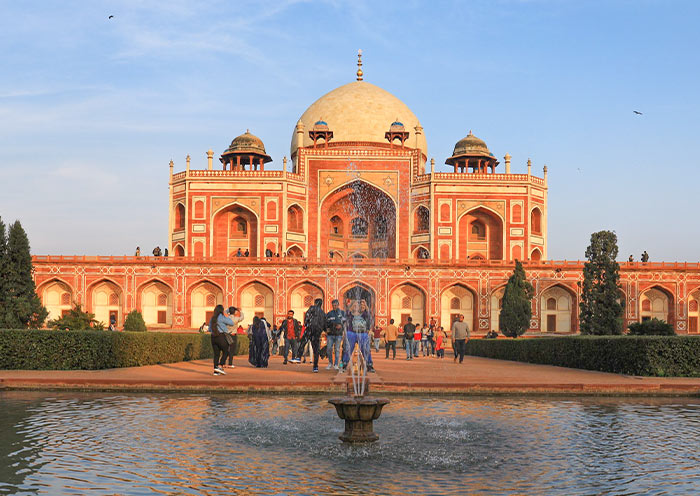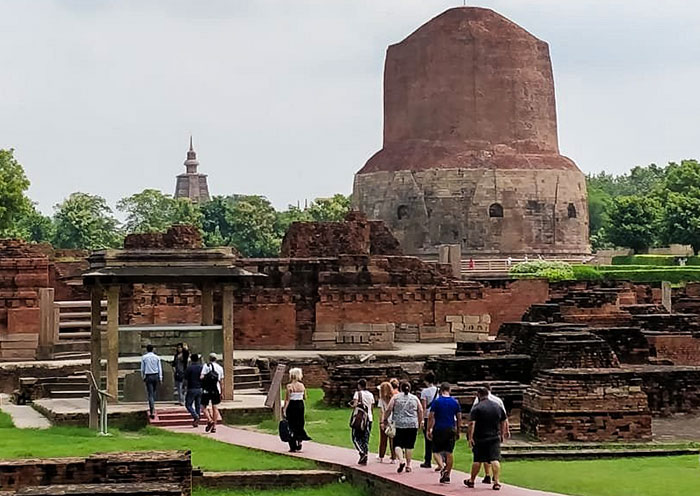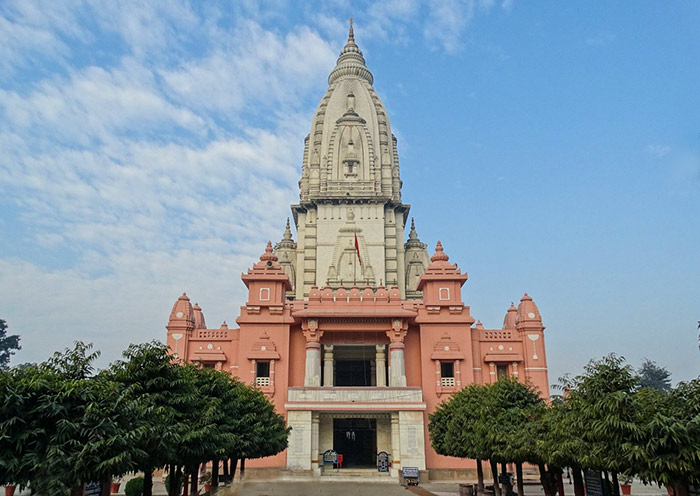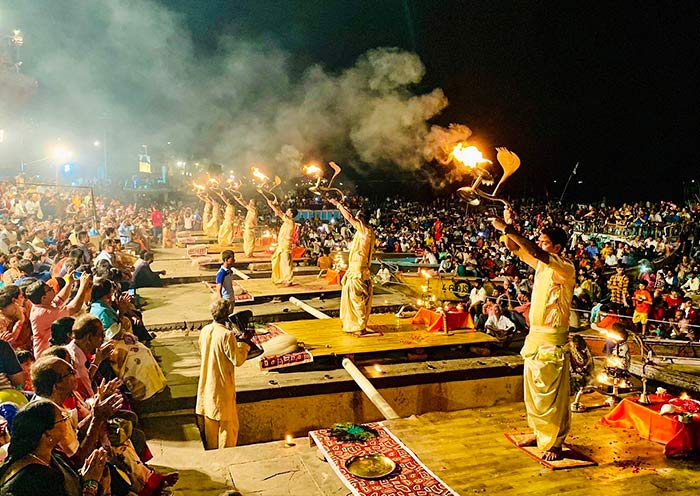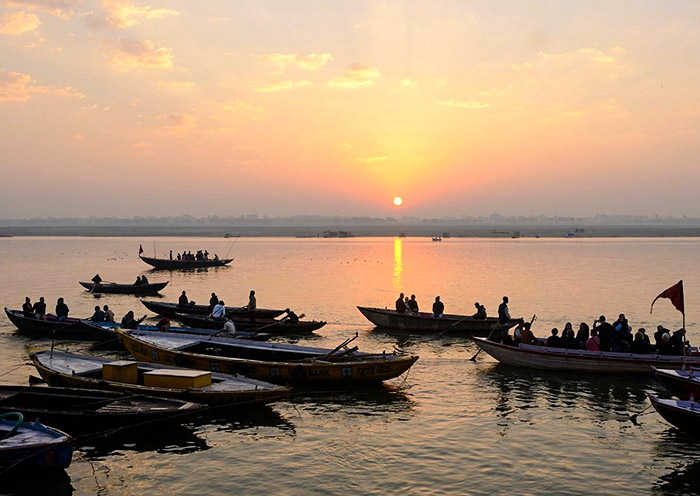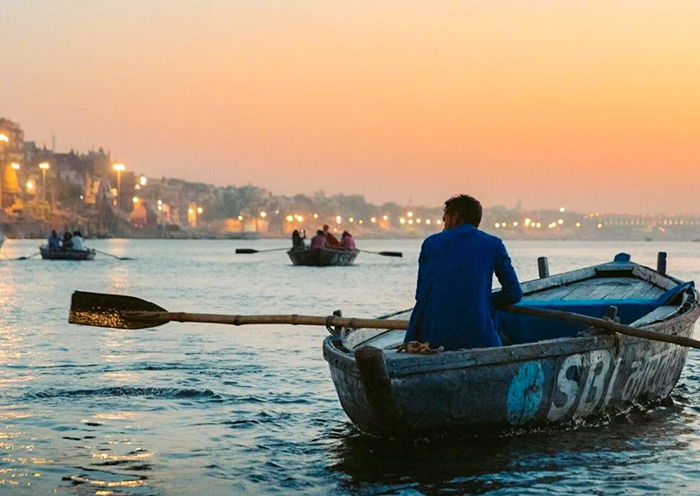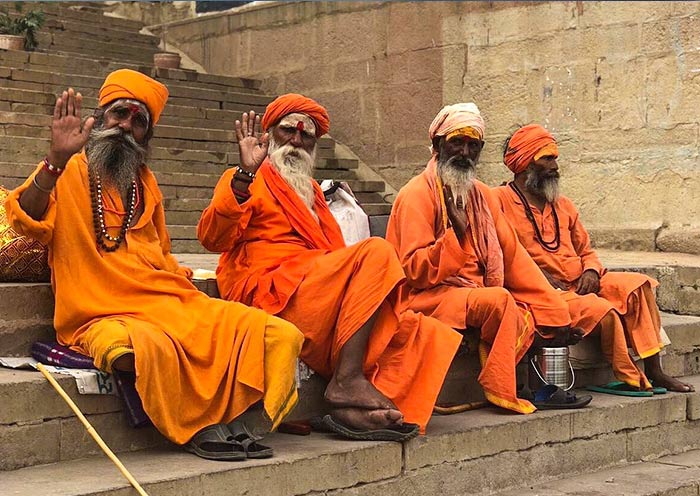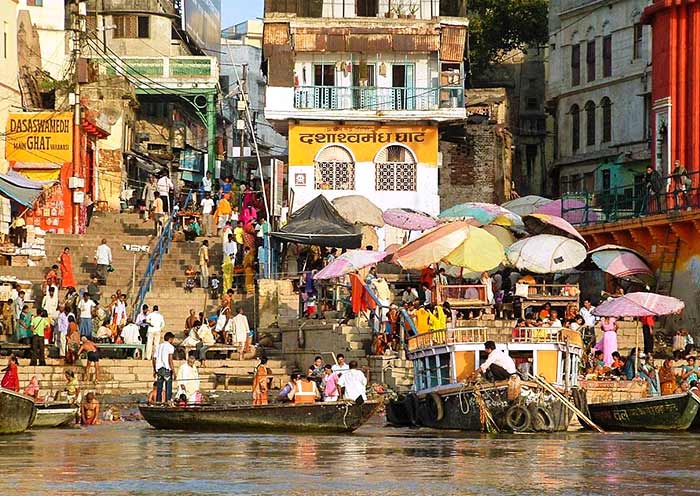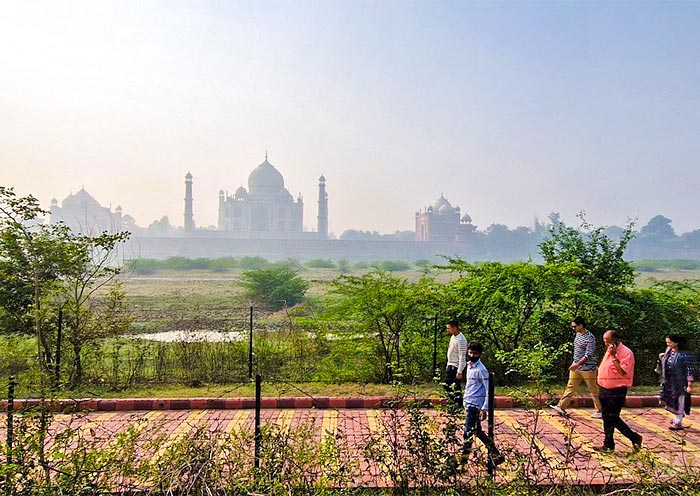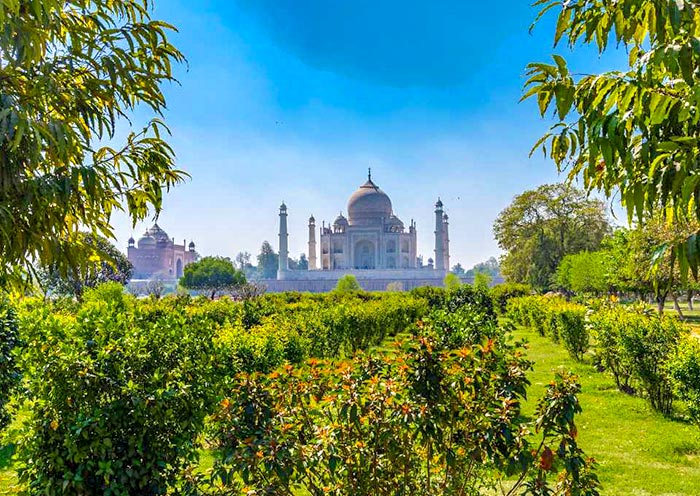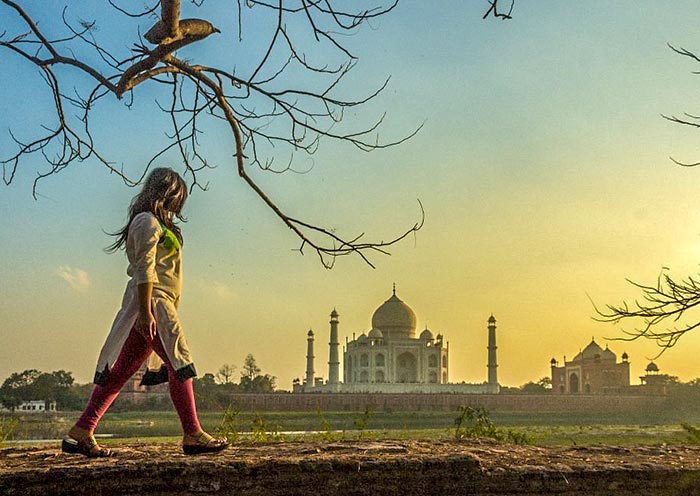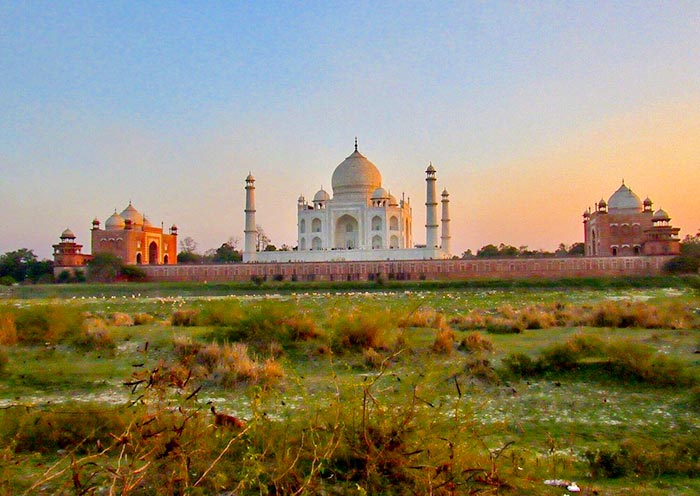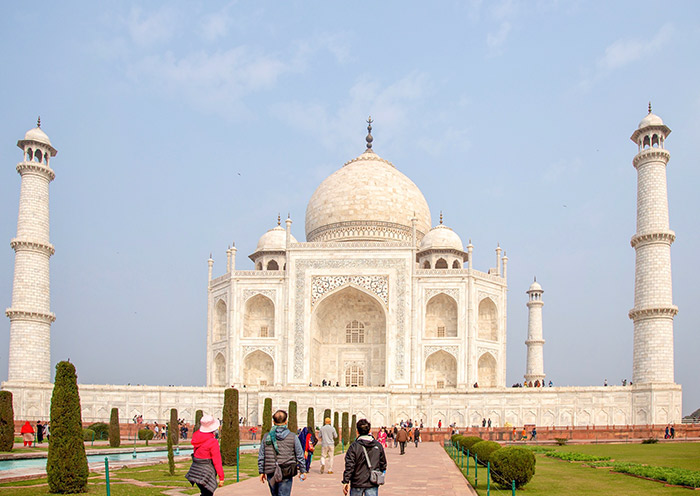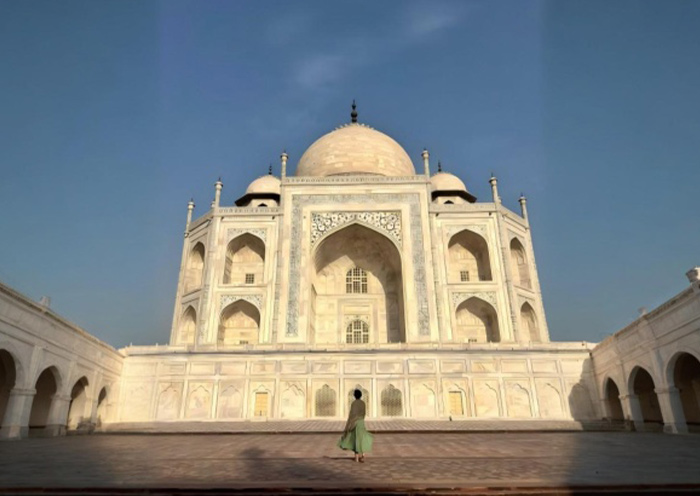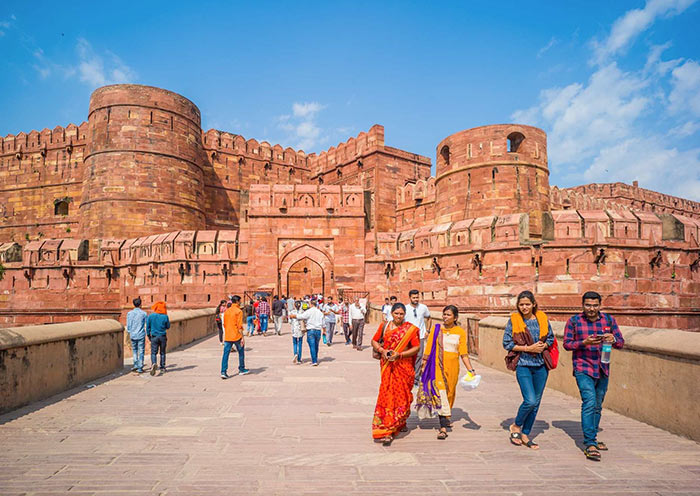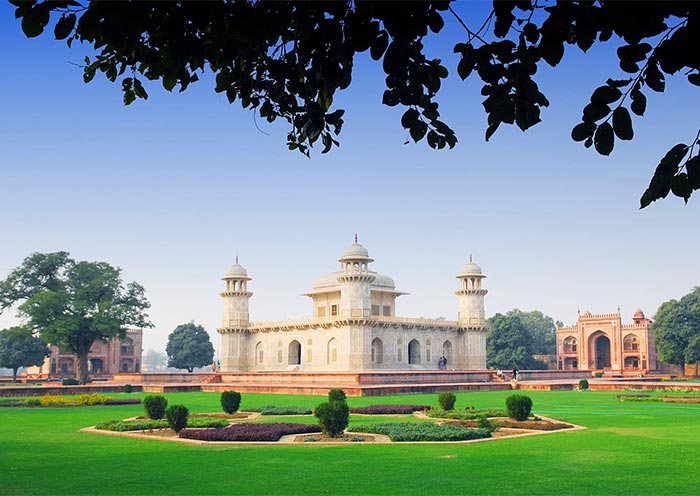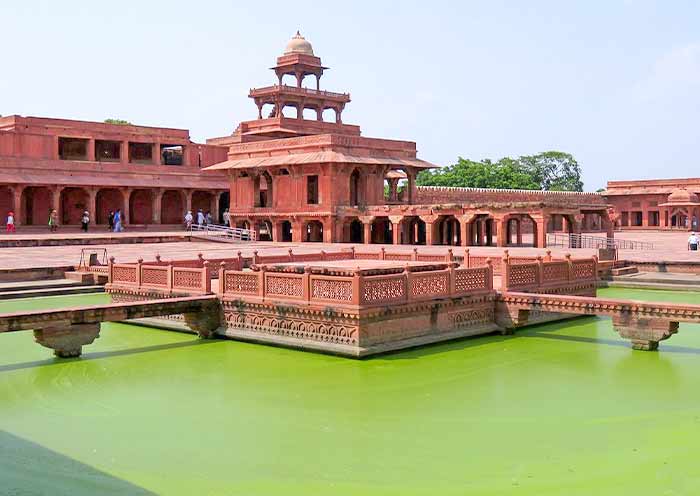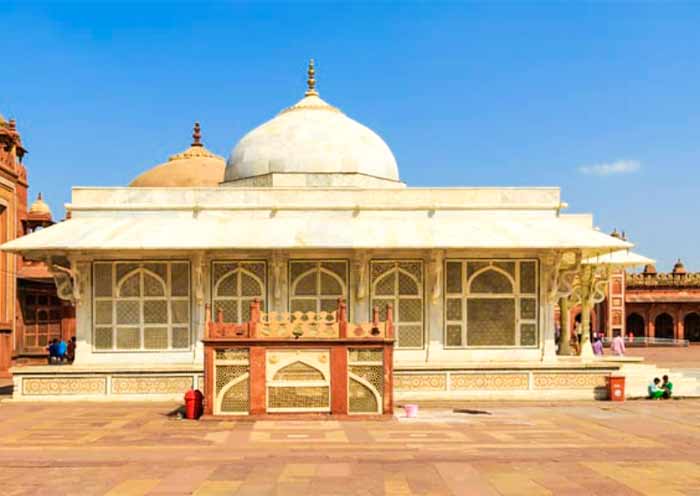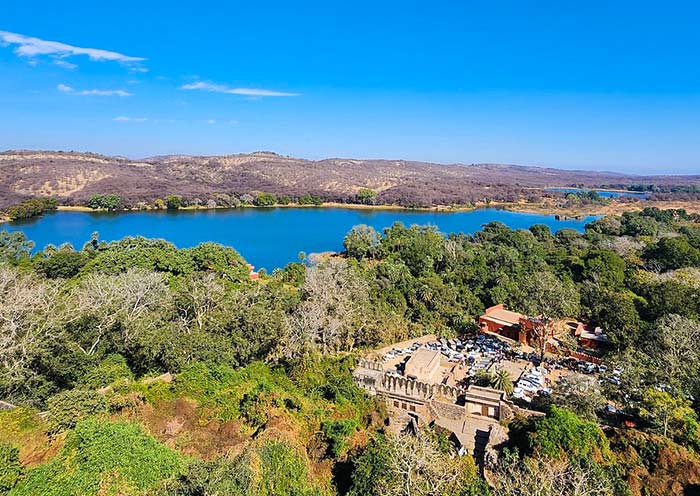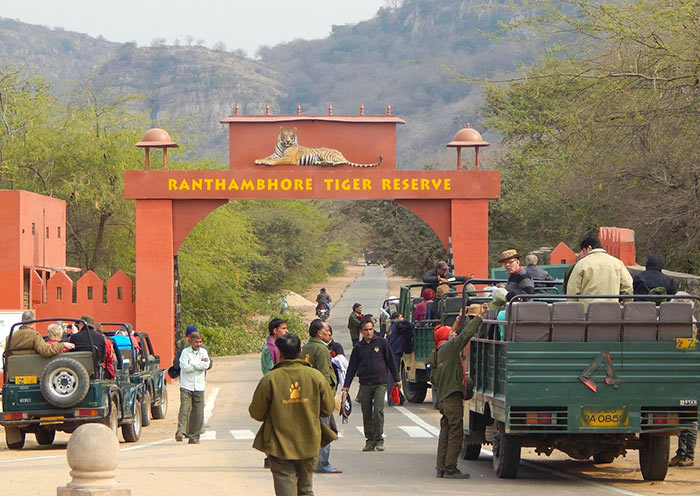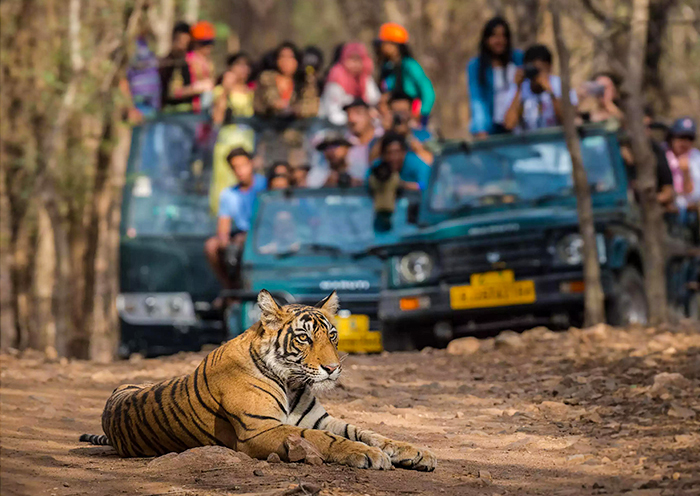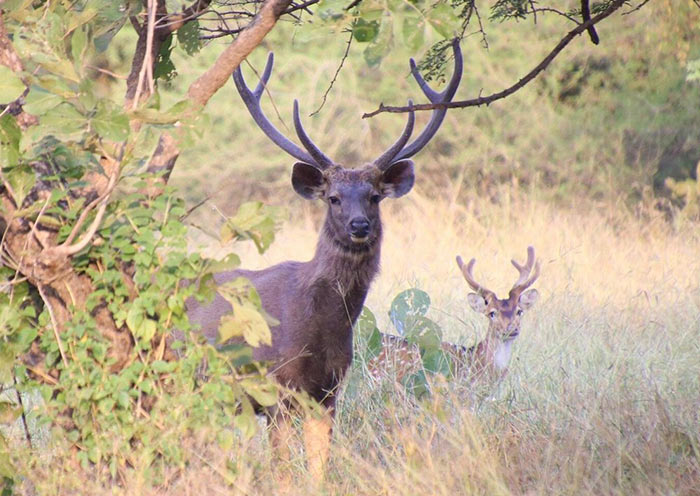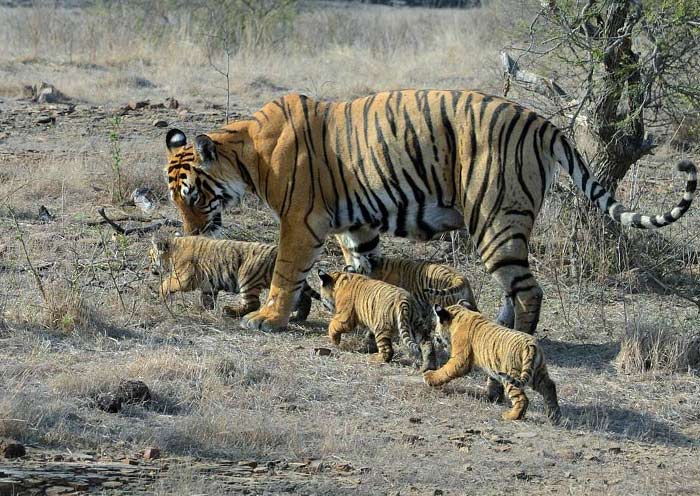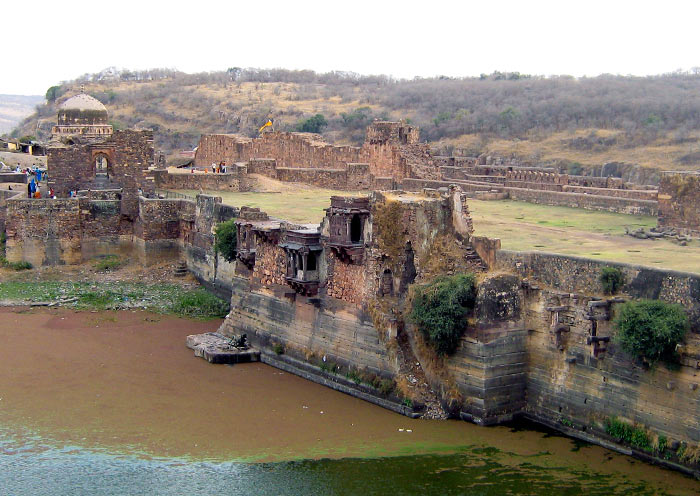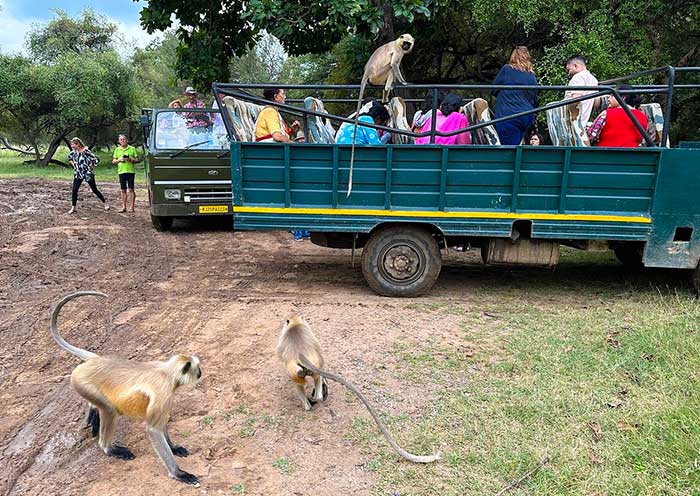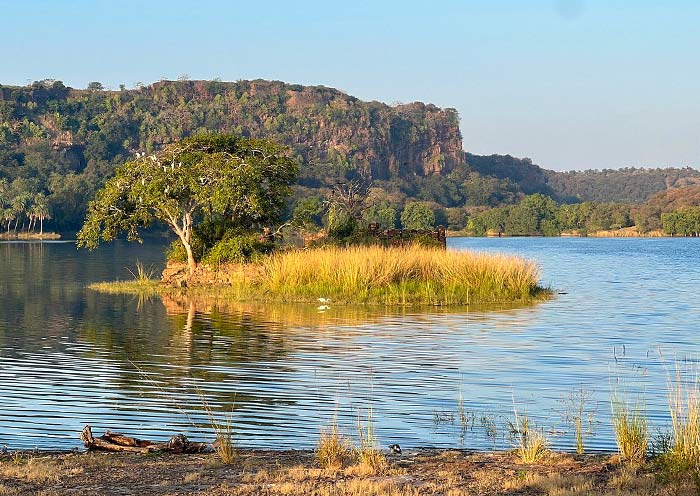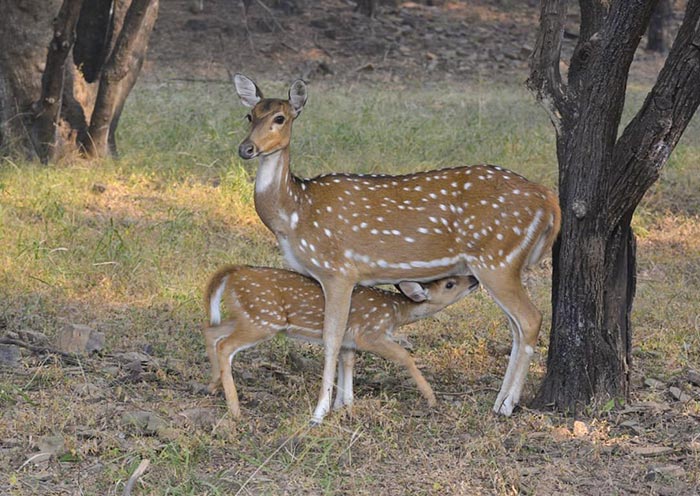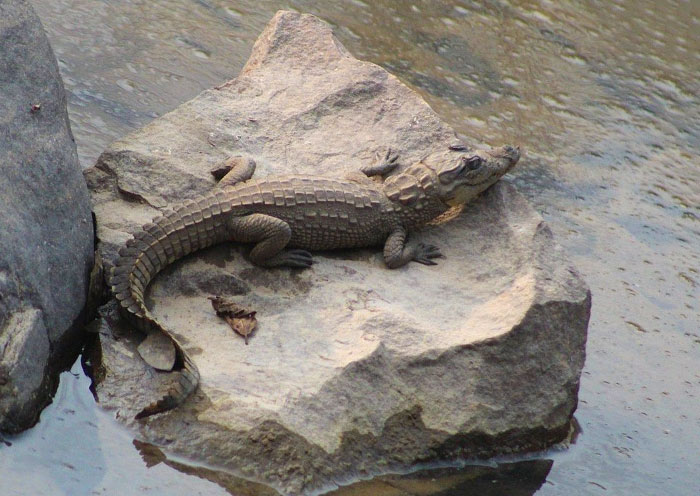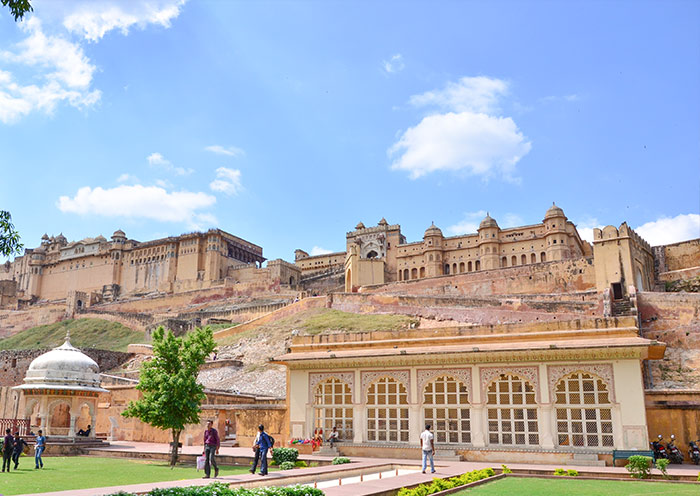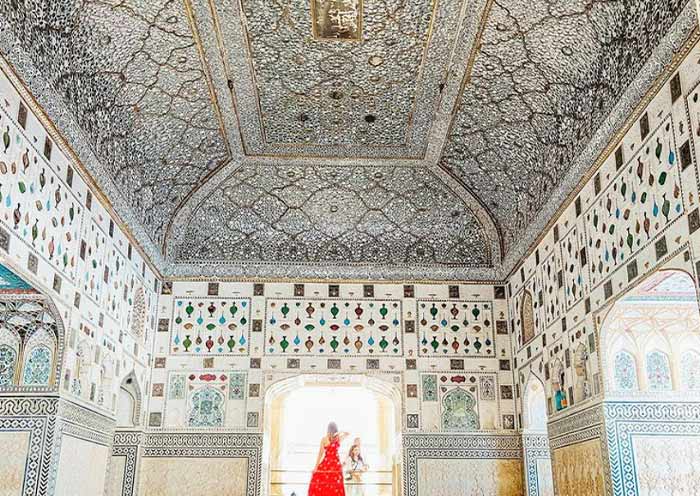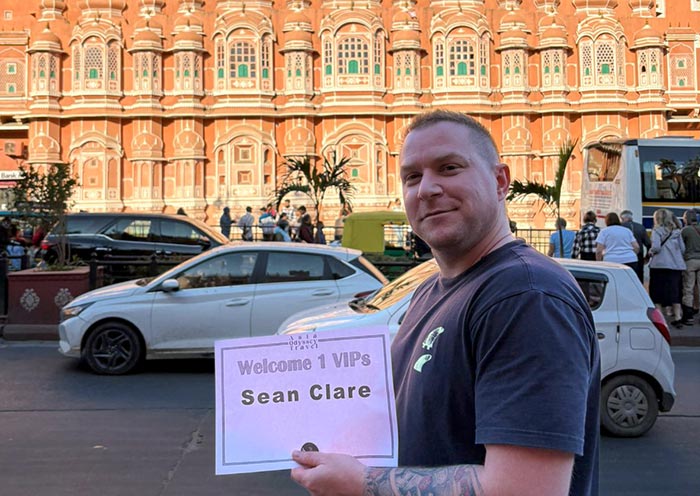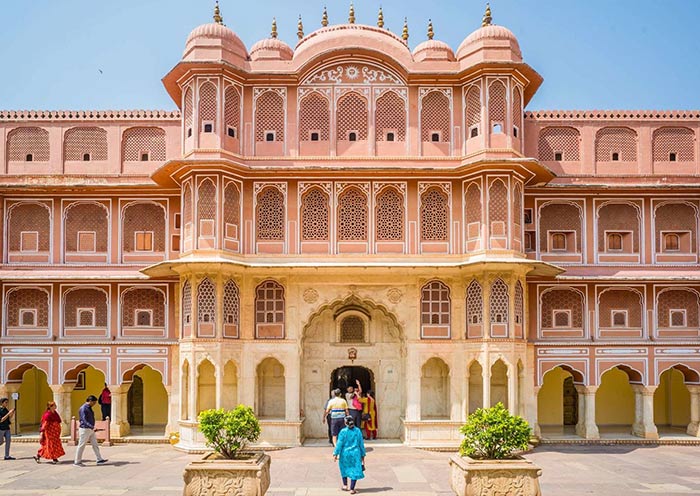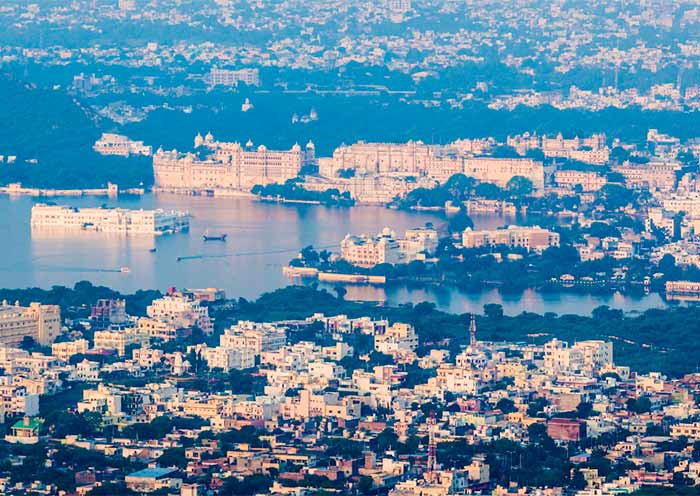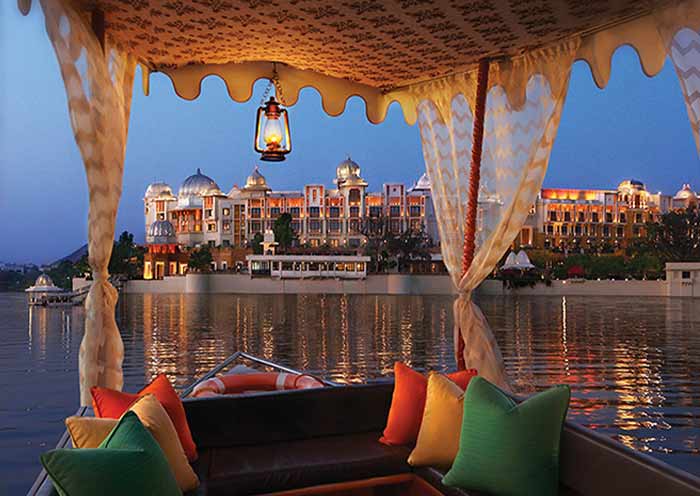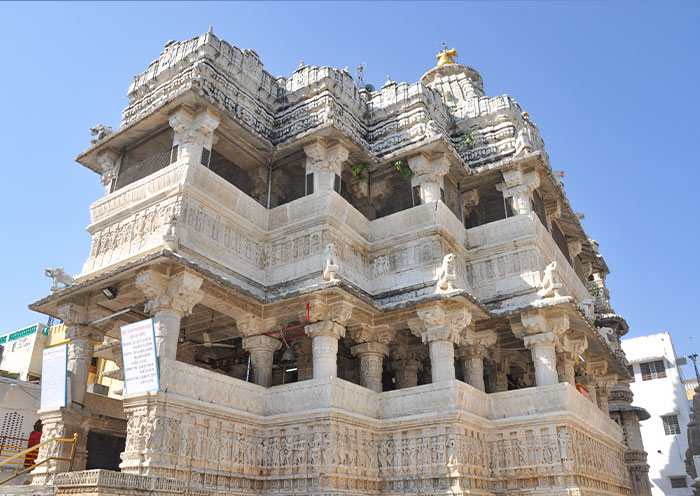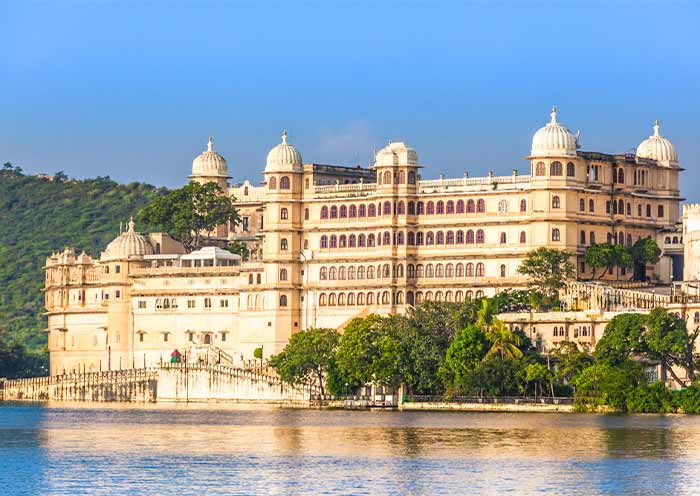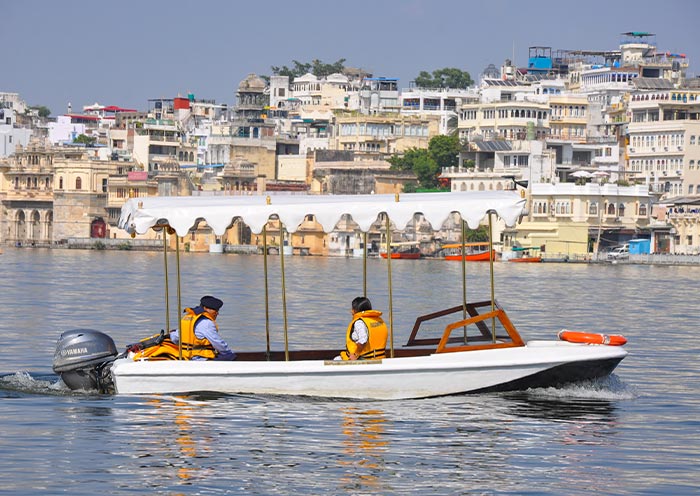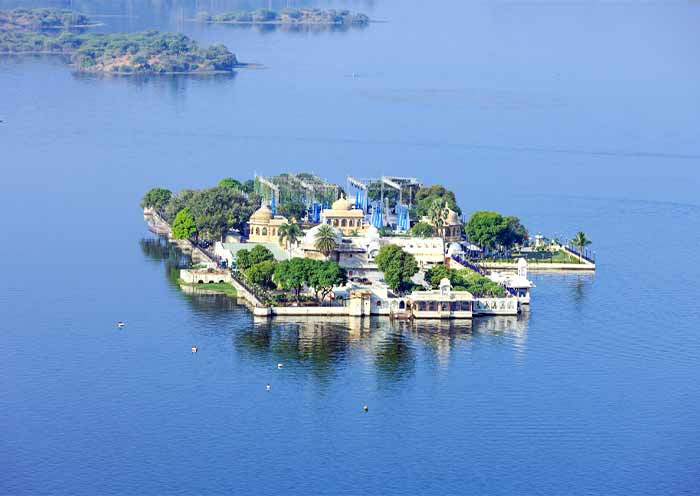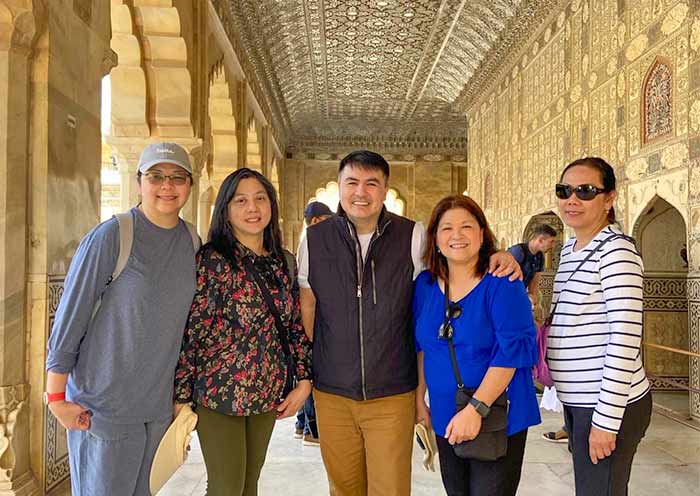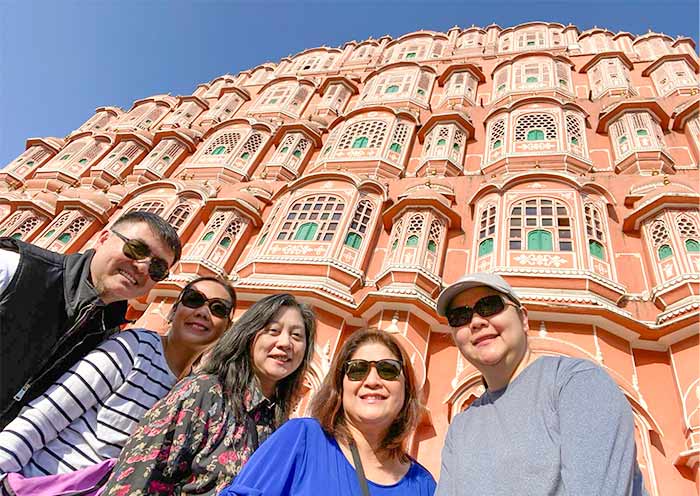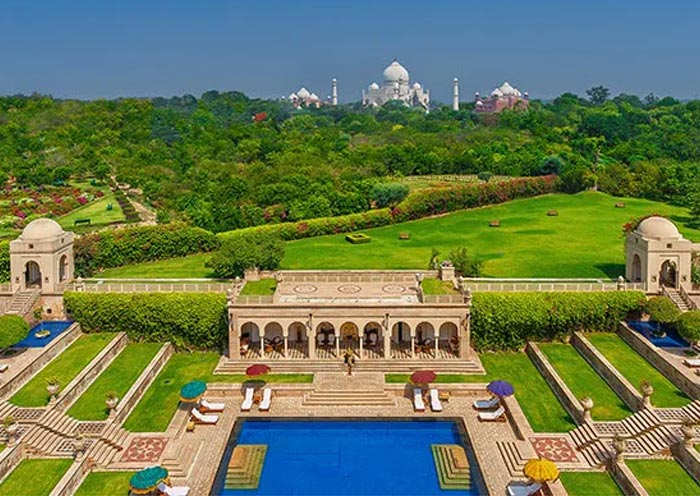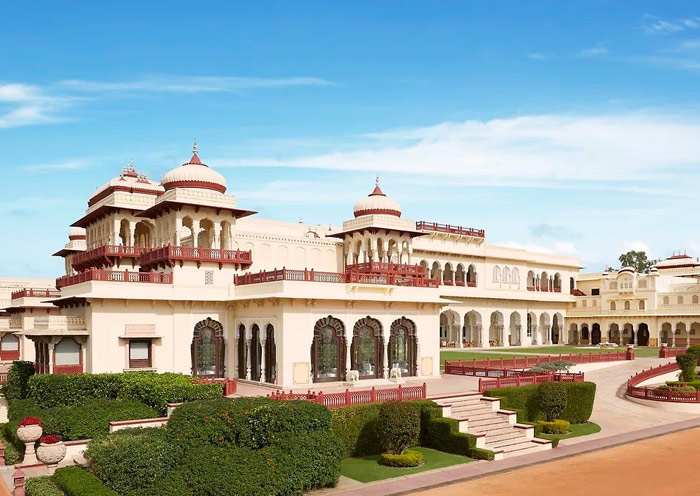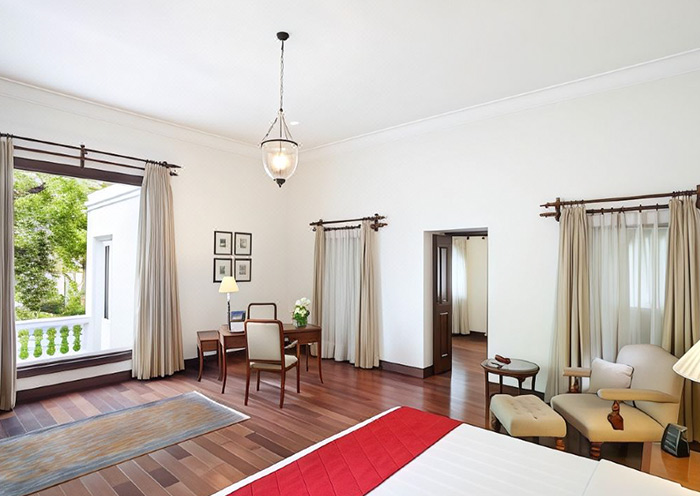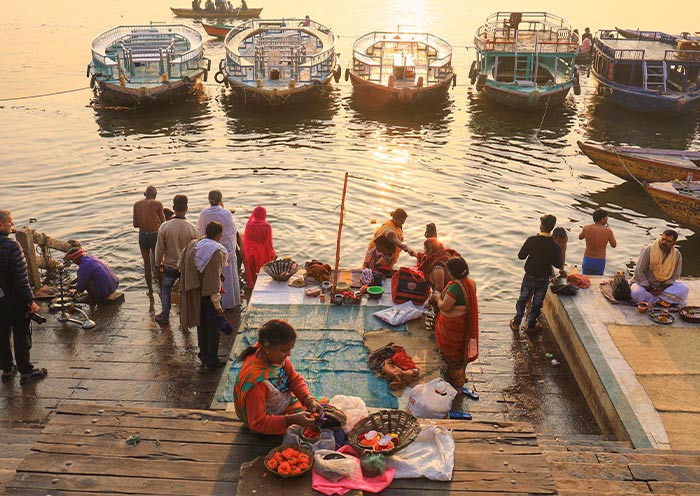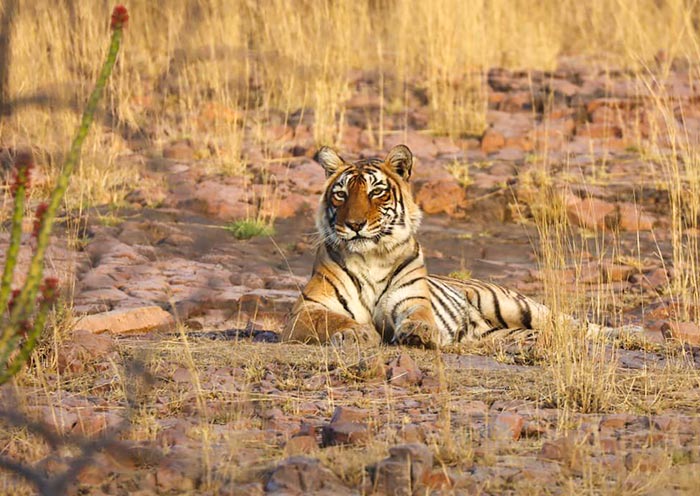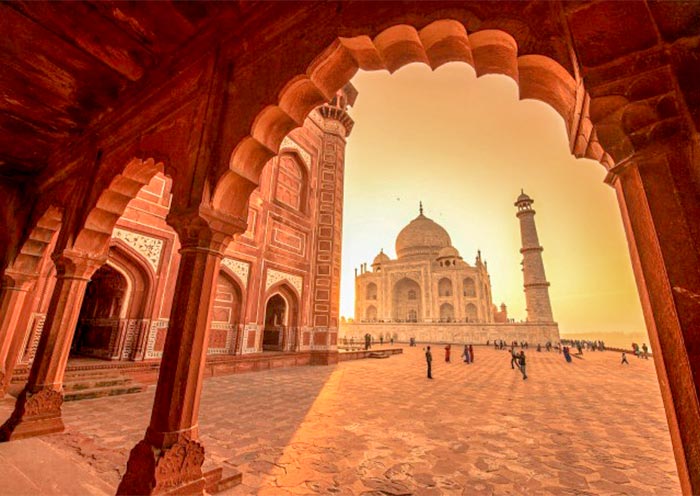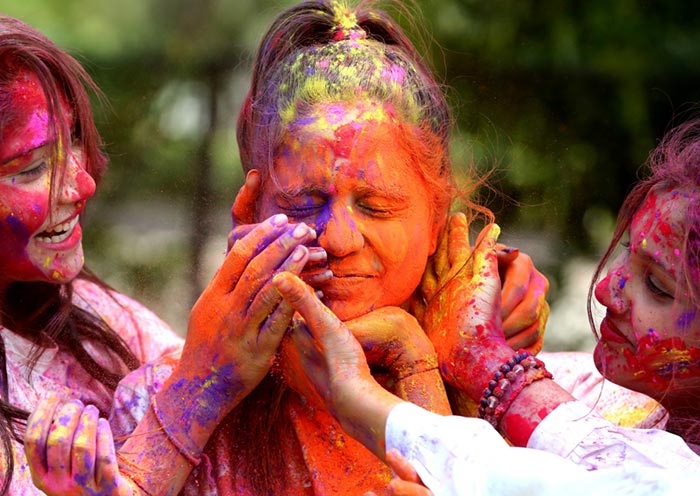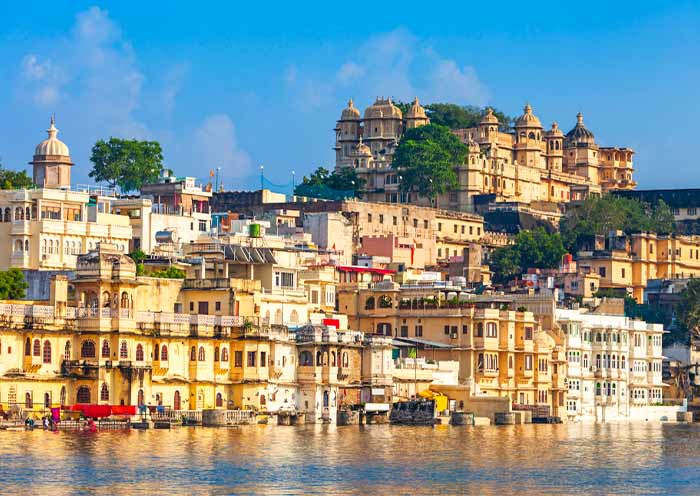Full-day jeep safari in Ranthambore National Park, offering an enthralling wildlife tour in one of India’s top reserves. In the early morning, you will take the first time Jeep Safari (shared open Jeep for 6 pax, about 3hours). Afterward, you will return to your hotel for breakfast. In the late afternoon, you will take the second time Jeep Safari, enjoying the sunset views within the national park. You will discover that Ranthambore Wildlife Jungle Safari is ideal for tiger sightings, birdwatching and photography.
Ranthambore National Park is renowned as the home to the Royal Bengal Tigers, providing the best opportunities for observing these majestic creatures in the wild. Based on data from Feb. 2024, there are 80 tigers residing in Ranthambore. During the winter months, tigers can be spotted basking under the sun, while in the summer months, they can be frequently sighted visiting the waterholes.
For wildlife lovers, apart from tigers, you may have the chance to spot leopards, sloth bears, sambar deer, palm civets, striped hyenas, spotted deer, Indian Wild Boar, langurs, Macaques, and marsh crocodiles. For photographers, with its diverse landscape, relatively easy tiger sighting, and good light, Ranthambore is one of the best wildlife photography destinations in India. For naturalists, the park showcases various types of flora, including Dhok trees, palm trees, dhak, and banyan trees. At Ranthambore's Jogi Mahal, you can find the largest banyan tree in India. For birders, you can spot serpent eagle, waterfowl, cormorant, painted spurfowl, sarus crane, bronzed-winged jacana, sandpiper, kingfisher, nightjar, painted sandgrouse, great-horned owl, and more.
Tips for Jeep Safari in Ranthambore National Park:
1. There are 10 safari zonesin Ranthambore, and jeep safaris are allowed in each of them. For the best chances of spotting tigers, Zones 1-6 are recommended.
2. Each jeep has a total of six seats, including the seat of guide or driver.
3. Jeep safari bookings need to be made online 90 days in advance, providing necessary details and ID proofs. Our travel consultant will handle the booking process for you.
4. Safari bookings refundable and can not be canceled once confirmed.
5. The jungle safari timings in Ranthambore vary between the summer and winter seasons. During winter, daylight hours are shorter, while they are longer in summer. Morning safaris in Ranthambore National Park are conducted from 7:00 AM to 10:30 AM, while evening safaris take place from 2:30 PM to 6:00 PM. Please note that timings may vary depending on the specific season.
Tips for birding in Ranthambore National Park:
1. The winter season between October and March is the best time for birding in Ranthambore. During this season, plenty of migratory birds including the Sarus Crane arrive at the national park.
2. Malik Talao, Padam Talao, Rajbagh Talao, Ranthambore Fort, Jhalra Region and Kachida Valley are the best locations for birdwatching in Ranthambore.
3. The most important birds in Ranthambore includes Graylag Goose, Woodpeckers, Indian Gray Hornbills, Common Kingfishers, Bee Eaters, Cuckoos, Parakeets, Asian Palm Swift, Owl, Nightjars, Pigeon, Dove, Crakes, Snipes, Sandpipers, Gulls, Terns, Great Crested Grebe, Eagles, Darters, Cormorants, Egrets, Herons, Bitterns, Flamingos, Ibis, Pelicans, Storks, Pittas, Shrikes, Treepies, Crows, Orioles, Cuckoo-Shrikes, Minivets, Drongos, Flycatchers, Ioras, Wood Shrikes, Pipits, Bayas, Sparrows, Finches, Wagtails, Munias, Bulbul, Mynas, Falcons etc.

